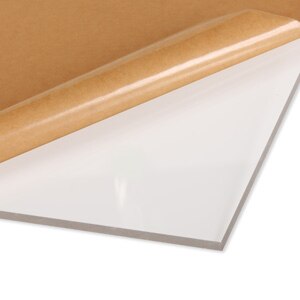


^ "ISO 6588-1:2012 – Paper, board and pulps - Determination of pH of aqueous extracts - Part 1: Cold extraction".^ "ISO 1974:2012 – Paper - Determination of tearing resistance - Elmendorf method".^ "ISO 2469:2014 – Paper, board and pulps - Measurement of diffuse radiance factor (diffuse reflectance factor)".^ "ISO 8791-2:2013 – Paper and board - Determination of roughness/smoothness (air leak methods) - Part 2: Bendtsen method".^ "ISO 287:2009 – Paper and board - Determination of moisture content of a lot - Oven-drying method".^ "ISO 536:2012 – Paper and board - Determination of grammage".^ "Frequently Asked Questions | Arjoqiggins Creative Papers".^ "Paper and paperboard articles of paper pulp, of paper or of paperboard".^ a b How is paper made translucent (grease proof, tracing paper)? PaperOnWeb.Photographic and cinema lighting: diffusion filter for light sources to produce aesthetic effect.Drawing: ink, Indian ink, graphite, pencils.Processing: varnishing, laminating, punching, embossing, folding, scoring.Traditional printing methods: letterpress, planographic / offset, silk-screen printing.The follows are common standards for tracing paper though generally it is manufactured in densities over 60 g/m 2: Specifications of natural tracing paper:.Tracing paper can be recycled and also can be made from up to 30% recycled fibre.
THICK TRANSLUCENT PAPER CODE
The HS code for tracing paper is 4806.30. Natural tracing paper for laser printing is usually uncoated. The sizing in production will determine whether it is for laser printer or inkjet/ offset printing. Tracing paper is resistant to oil, grease and to a large extent impervious to water and gas. When the treated paper is thoroughly washed and dried, the resultant product is much stronger than the original paper. The acid converts some of the cellulose into amyloid form having a gelatinous and impermeable character. As with 2, by making a normal sheet of paper, which is followed by immersing uncut and unloaded paper of good quality in sulfuric acid for a few seconds.Due to the relatively high cost, this method of manufacture has largely disappeared.

The product was frequently called Vellum, although this terminology can refer to a wider range of special papers. This was a common process adopted in the USA.


 0 kommentar(er)
0 kommentar(er)
